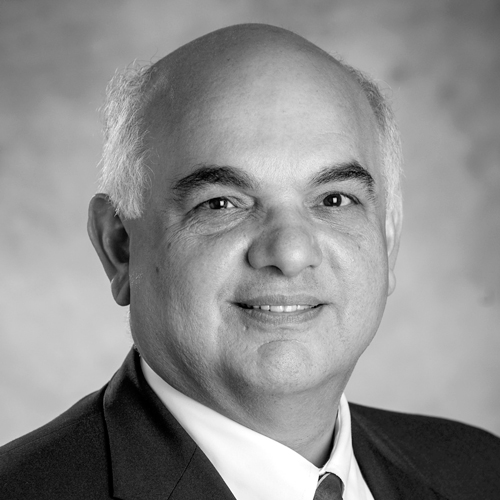In 2014, LEGO was named the world’s largest toy company in terms of revenue—just shy of $4.05 billion that year. For Robin Smith, general counsel of the Danish toy company’s American subsidiary, LEGO Systems, Inc., 13 percent growth in 2014 prompted a creative look at the structure of the legal department.
Last year, Smith and the rest of the legal leadership team introduced the legal-business partnering concept. The arrangement assigns one lawyer to each business function as a designated legal counterpart for collaborative decision-making and input beyond the usual “yes” or “no” answers.
The initiative was backed by internal data. A survey of leadership at the LEGO Group a few years ago indicated that business leaders wanted a single point of contact within the legal team. “We had people in various areas of the legal department handling a variety of legal matters for our corporate groups,” Smith says. Pairing attorneys with functions was an unusual model, she admits, but it has been well-received. “Everyone really seems to like having one attorney in their specific area.”
Now, with a designated legal point person for each business function, such as marketing or operations, one lawyer handles all legal issues for that area of the company as a legal business partner (LBP). Whether it is contracts, competition, employment, immigration, finance, or IP issues that emerge for that department, the LBP is tasked with figuring out how to handle it.
The LBPs aren’t completely cut off from the legal team, though; they can seek assistance from other attorneys or support staff, and they can call in outside counsel, if needed. Due to staffing needs, a few lawyers cover two corporate areas. Specific attorneys who focus only on contract work also help the LBPs manage standard contract and negotiations work.
Since the program’s debut in 2013, the business groups have reported satisfaction. “They are getting the type of attention they need,” Smith says. “Having the lawyers participating also seems to provide security that someone is at the table who can comment on legal issues as they arise.”
The concept has been mutually beneficial for the 18 participants. They are no longer isolated “lawyers-in-a-box,” says Smith, but have regular meetings with the leadership teams for various business functions. “If they are the LBP for the Asia-Pacific group, that meeting might be in China,” Smith explains. “They learn a lot about the business very quickly, because they are at the table. It’s a leadership opportunity they might not get in the traditional legal department set-up.” Lawyers also benefit from being among the first to know about projects in the pipeline, allowing them to better prioritize their workload, suggest ideas, and discuss strategic planning. “They may not be making the actual decisions, but they can contribute to the process in a more valuable way,” says Smith.
The learning curve has been steeper than originally expected, Smith admits. With lawyers expected to be generalists rather than specialists, most of the attorneys need to broaden their expertise; no lawyer handles only IP or immigration but must be able to answer those questions as well as concerns about procurement. “Through our human resources partner and other company programs, we are offering training to fill in the knowledge gaps,” Smith says. Attorneys can also consult colleagues identified as experts in a particular legal area, which has fostered greater information sharing.
Working in different time zones also presents a challenge, since the vice president who oversees some of the LBPs could be based in one country, but the LBPs who report to her may be worldwide.
This requires employees to work globally and maximize opportunities for virtual meetings. The legal department has instituted an annual LBP summit in which lawyers can meet to discuss how the model is working. Smith also brings her practice group together monthly, either in-person or virtually.
While the legal-business partner model is intended to be a rotational approach, attorneys thus far have stuck with their original groups.
“As lawyers strengthen their expertise in all the focus areas, we envision rotating them,” Smith explains. For example, the person handling all legal issues for the Americas might rotate to cover the Asia-Pacific group. Right now, she notes, the LBPs need a chance to develop their current roles.
Smith’s focus has shifted now that she has reports in several countries. She has had to learn about the European and Asian markets so she can support the LBPs in those areas.
“It will definitely help me with my leadership going forward,” she says of the experience. Though the LBP program has not come without challenges, Smith says they’ve been worth it, and the new model is a good fit for the LEGO Group.
Smith says LEGO’s philosophy is to try creative solutions, and she plans to continue implementing it with positive results for the legal department.


